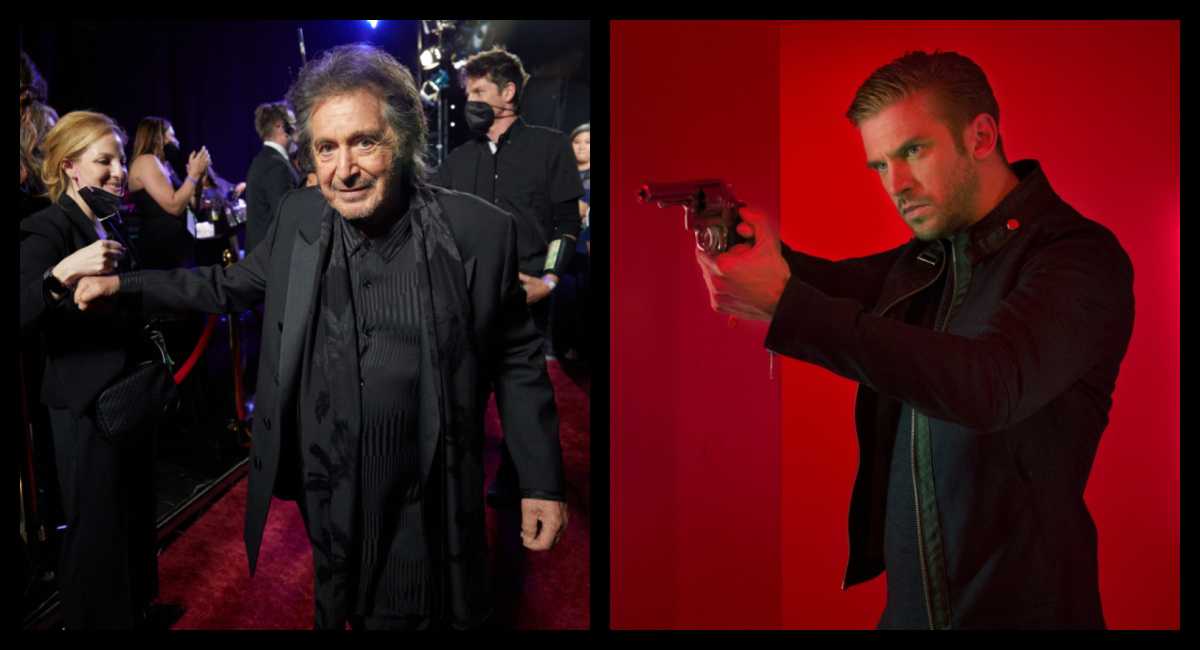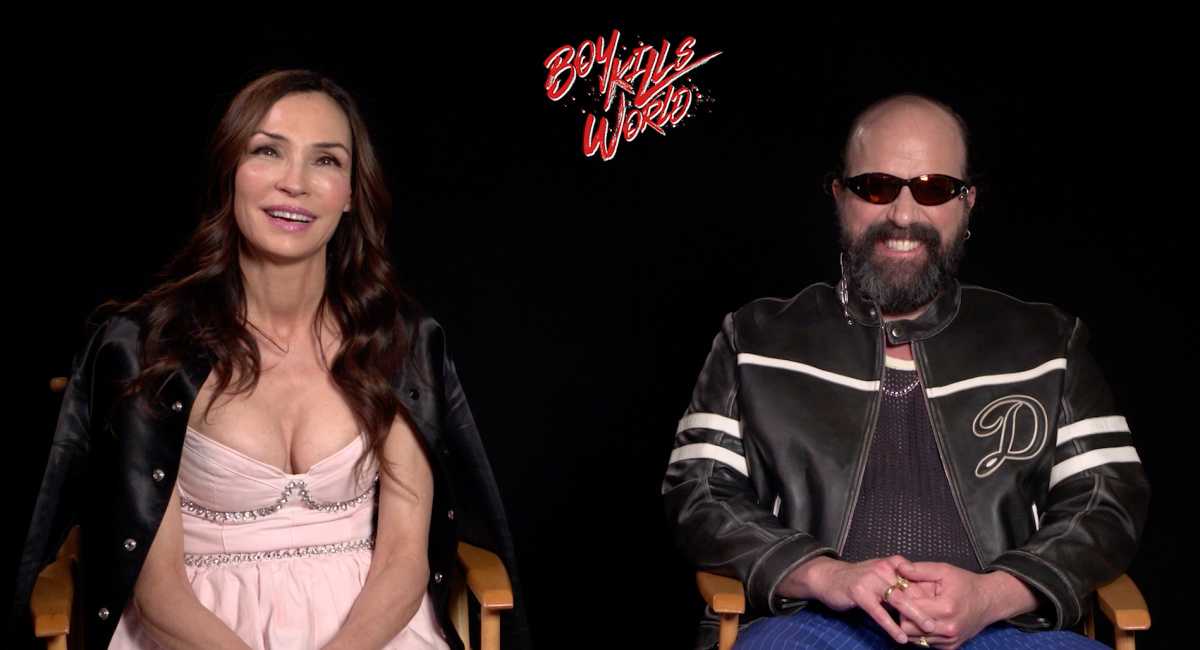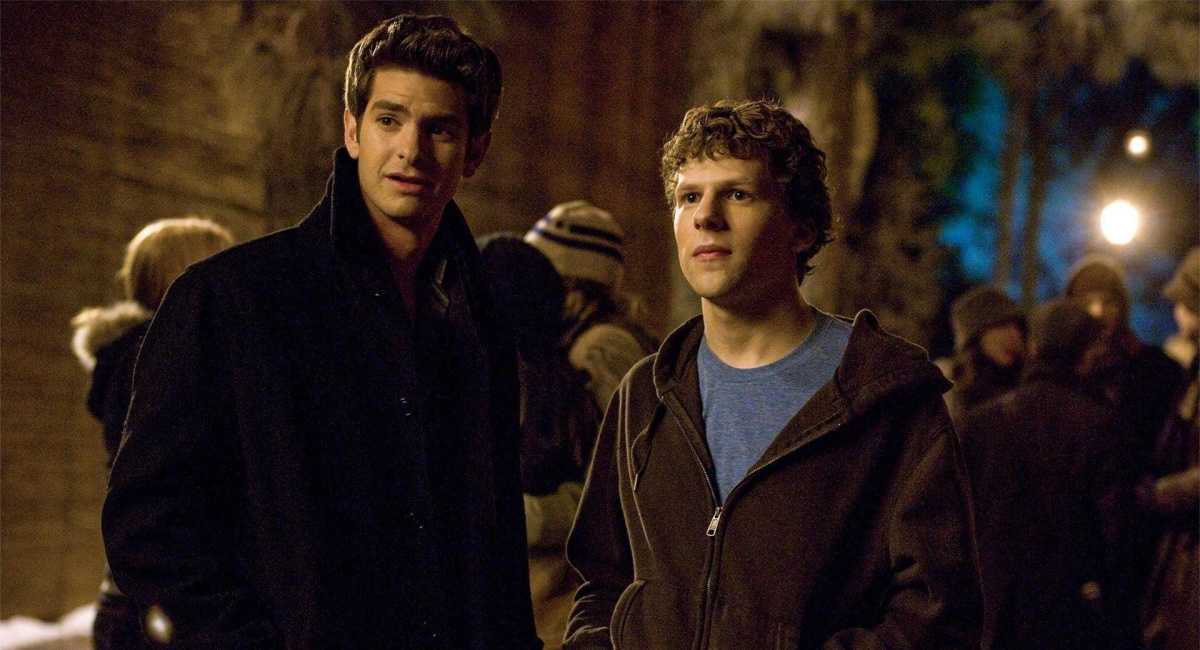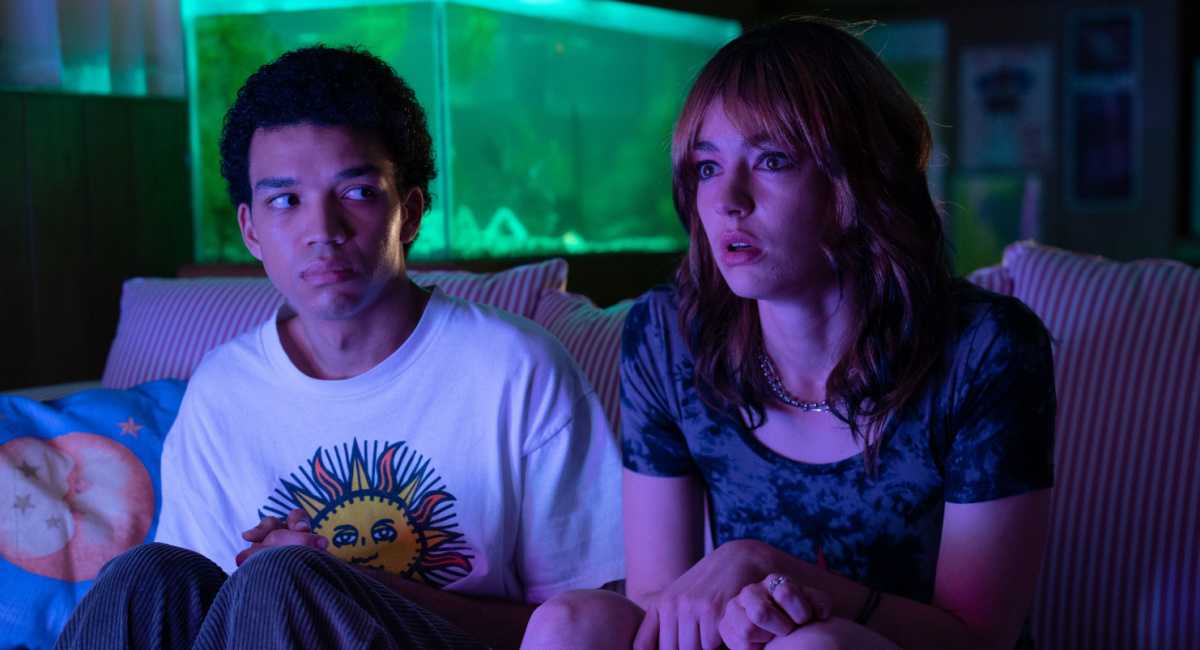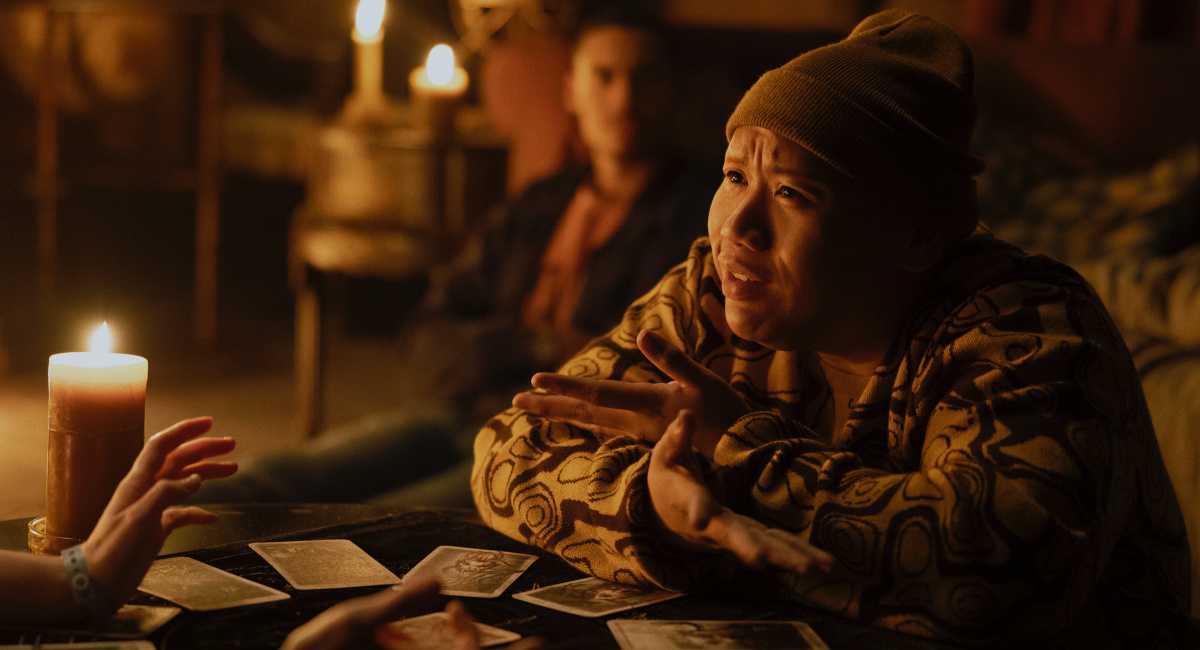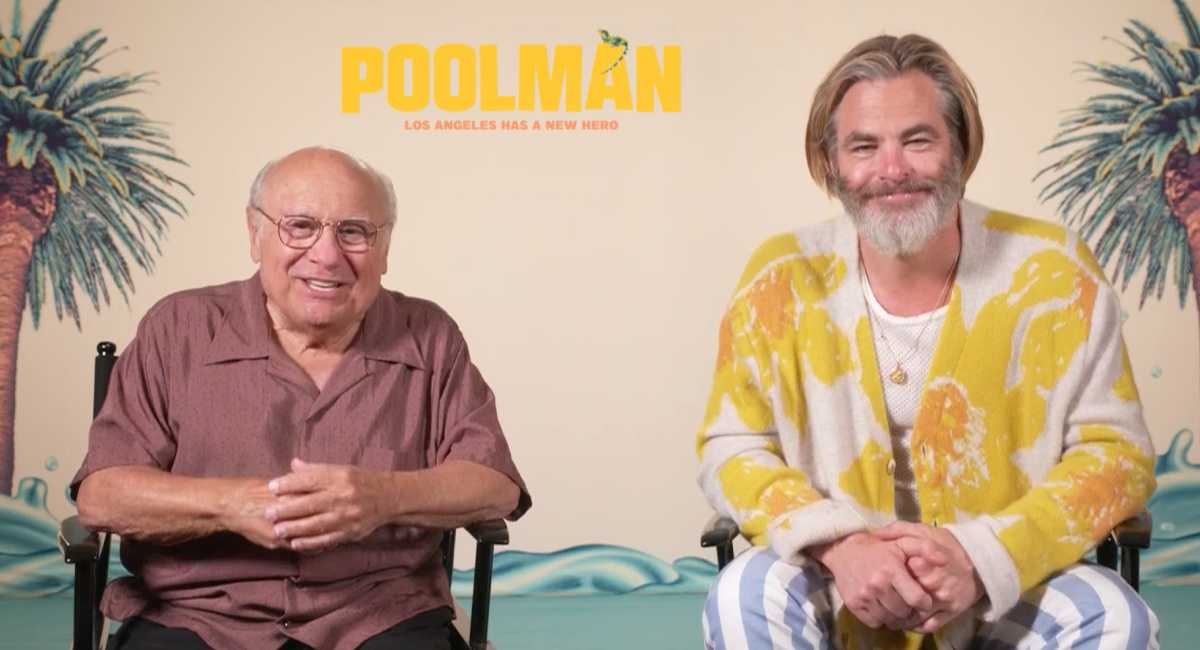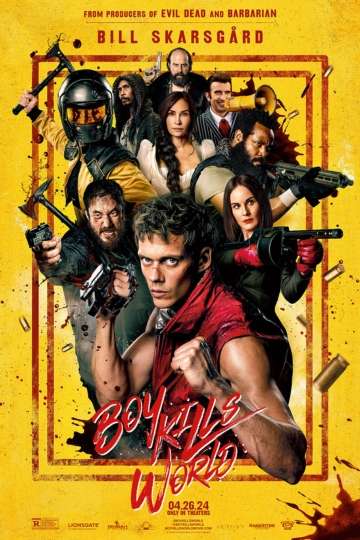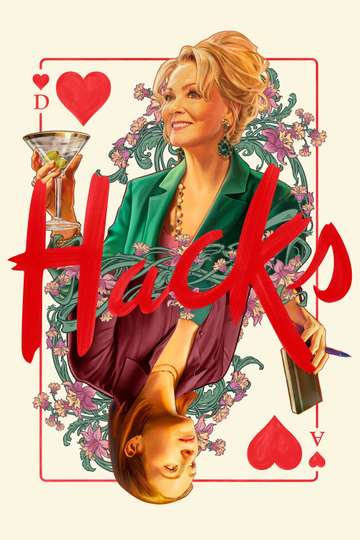Top Rated Movies for Anime Fans
It's time to come out of the basement. So you play Dungeons & Dragons every weekend with your drow-elf-loving friends; so you've beaten The Legend of Zelda: Majora's Mask once a year since 2001; so you build life-sized Lego statues of your favorite "Game of Thrones" characters. Come on out of the nerd cellar and celebrate: Everyone's a geek now, and it's OK to embrace the weird and wonderful.
And Japanese anime -- for all it's bombastic style, intricate craft, and heady narratives -- is definitely part of that nerd-tastic fantasy celebration. Roger Ebert was ahead of the curve in 1999 when he wrote that "Japanese animation unleashes the mind," helping everyone "understand that animation is not an art form limited to cute little animals and dancing teacups." These are some of the greatest movies that do said unleashing.
'Akira' (1988)
Though anime has been around since animation has been around, 1988's "Akira" was anime's ambassador to the rest of the world. If only more ambassadors came with badass motorcycles and city-destroying psychic mutants.
In a lot of ways, director Katsuhiro Otomo's movie -- adapted from the manga series he also penned -- crystallizes the best modern anime has to offer. Not only is every frame a fluid piece of pop art, its radical sci-fi trappings conceal an absolute head-trip of a mature narrative about government cover-ups, teen angst, and grotesque body horror. Like the British Film Institute said, it's this cocktail of factors that makes "Akira" the "most influential Japanese film of its era, animated or otherwise."
'Perfect Blue' (1999)
Great anime, from "Patlabor: The Movie" to "Metropolis," has a science-fiction obsession. But the late Satoshi Kon's "Perfect Blue" sheds the sci-fi and showcases anime's range. You wouldn't be wrong for thinking the movie's plot sounds like an early draft of "Black Swan." When J-pop singer Mima Kirigoe breaks up the band to pursue a solo career, her pursuit of edgier expression makes her lose her dignity, her clothes, and maybe even her mind, as she's plagued with everything from hallucinations to bloody piles of dead bodies stacking up in her wake. "Perfect Blue" pulls off the psycho thriller with the best of the subgenre.
And it doesn't hurt that you could frame just about every cell of the densely detailed, pinup-on-acid animation and hang it up on the wall.
'Ghost in the Shell' (1995)
Getting back to sci-fi -- "Ghost in the Shell" not only defined how tons of other anime flicks would look in the coming decades, it left its mark on Hollywood in a big way. Apart from the controversial, Scarlett Johansson-led American live-action remake, this cyberpunk icon stirred up the gene pool "The Matrix" sprang from. Pages of green code flying across the screen? Check. Jacking in to a virtual existence via a creepy hole in your neck? Check. Martial arts meets existential dread? Check. In addition to influencing everyone from the Wachowskis to James Cameron, "Ghost in the Shell" taught an entire generation what the phrase "deus ex machina" means. So that's a bonus.
Much of the Studio Ghibli Catalog
The studio founded by legendary directors Hayao Miyazaki and Isao Takahata could easily have a list all its own, three times as long as this one. And you'd be missing out if you didn't include a whole bunch of Ghibli flicks on your animated journey. Start with Miyazaki's "My Neighbor Totoro" to ease yourself in to the mix of heartfelt fantasy, whimsical creatures, and childlike nostalgia that defines the studio. Then move on to his "Princess Mononoke" for a dose of hard-hitting but child-friendly adventure that makes it easy to see why it's one of the biggest movies in Japanese history. Follow that up with the most gut-wrenching animation you'll ever watch in Takahata's "Grave of the Fireflies," the traumatic tale of two recently orphaned siblings struggling to survive the brutal last days of World War II in Japan.
After that one, you'll need all the whimsy "Kiki's Delivery Service," "Spirited Away," and "Howl's Moving Castle" can throw at you. Consider that a prescription.
Sources
- We're All Nerds Now
- Japanese Animation Unleashes the Mind
- Early Japanese Animations: The Origins of Anime (1917 - 1931)
- 10 Great Anime Films
- Photo of Scarlett Johansson in 'Ghost in the Shell' Reignites 'Whitewashing' Controversy
- Ten Anime Films You Should See Before You Die
- Hollywood Is Haunted by 'Ghost in the Shell'
- Top 10 Studio Ghibli Movies




